Vietnam’s breathtaking landscapes, rich cultural heritage, and diverse climates make it a dream destination for motorcycle enthusiasts. Whether you’re drawn to winding mountain paths, bustling cities, or serene coastal roads, Vietnam motorcycle tours provide an unparalleled adventure. But when is the best time to embark on these journeys? In this guide, we’ll explore the perfect months to plan your Vietnam motorbike tour, focusing on regional climates, seasonal highlights, and essential tips for safe riding.
Understanding Vietnam’s Climate
Vietnam’s climate varies significantly across its regions, making it important to consider weather conditions when planning a motorbike tour. The country is divided into three main regions: Northern Vietnam, Central Vietnam, and Southern Vietnam. Each has distinct weather patterns that can impact your ride. Let’s break down the climate by region.
Here’s an overview of the average temperatures in each region:
| Region | Winter (Dec – Feb) | Spring (Mar – May) | Summer (Jun – Aug) | Autumn (Sep – Nov) |
|---|---|---|---|---|
| Northern Vietnam (e.g., Hanoi, Ha Giang, Sapa) | 10°C – 20°C (50°F – 68°F) | 15°C – 25°C (59°F – 77°F) | 25°C – 35°C (77°F – 95°F) | 20°C – 30°C (68°F – 86°F) |
| Central Vietnam (e.g., Da Nang, Hoi An, Hue) | 18°C – 24°C (64°F – 75°F) | 22°C – 30°C (72°F – 86°F) | 28°C – 36°C (82°F – 97°F) | 22°C – 30°C (72°F – 86°F) |
| Southern Vietnam (e.g., Ho Chi Minh City, Mekong Delta) | 25°C – 30°C (77°F – 86°F) | 27°C – 32°C (81°F – 90°F) | 28°C – 35°C (82°F – 95°F) | 25°C – 30°C (77°F – 86°F) |
-
Northern Vietnam: Due to its mountainous terrain, this region experiences the most dramatic temperature variations. Winter months can be chilly, particularly in areas like Sapa, where temperatures can drop below 10°C (50°F). On the other hand, summer can be quite hot, with temperatures exceeding 35°C (95°F).
-
Central Vietnam: This region tends to have milder winters compared to the north, with summer months reaching high temperatures, especially in cities like Hue and Da Nang. The area also experiences a higher chance of rain during the summer months due to the influence of the South China Sea.
-
Southern Vietnam: Known for its tropical climate, Southern Vietnam experiences less variation in temperature throughout the year. The dry season offers comfortable riding conditions, while the wet season can bring heavy rainfall, especially in the Mekong Delta.
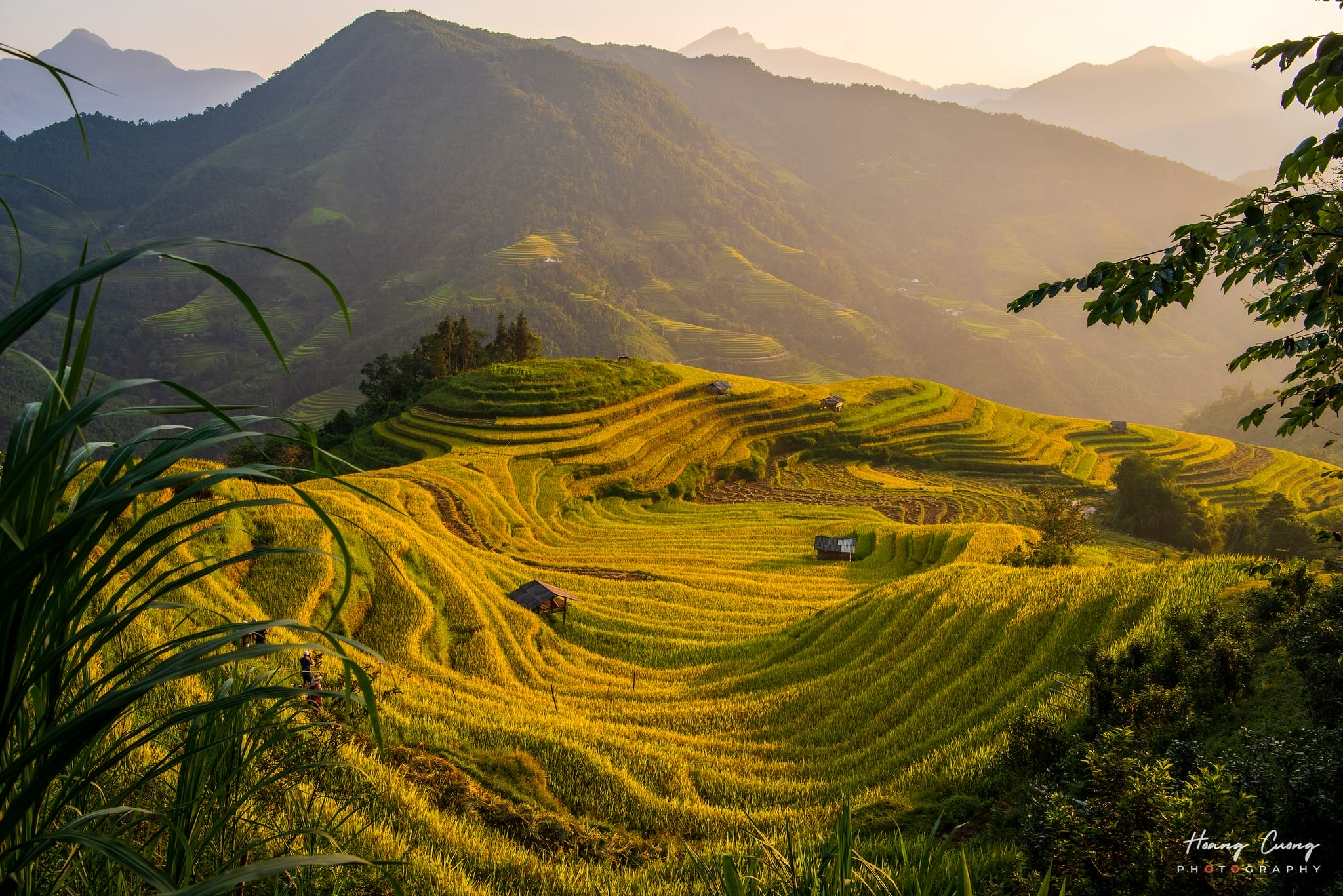
General Climate Overview
Vietnam has a tropical monsoon climate, with distinct wet and dry seasons. The northeast and southwest monsoons influence the weather, bringing varying conditions to different parts of the country. Typically, the dry season lasts from November to April, while the rainy season runs from May to October. However, these periods can shift slightly depending on the region.
How Weather Affects Motorcycle Touring
Weather conditions are a critical factor in ensuring a safe and enjoyable motorcycle tour. Favorable weather can enhance your ride, offering clear views and safe roads, while adverse weather, like heavy rain or extreme heat, can pose serious challenges. To make the most of your Vietnam motorcycle tour, it’s essential to choose the best time based on your destination.
Best Time for Motorcycle Tours by Region
Northern Vietnam
Northern Vietnam, home to stunning destinations like Hanoi, Ha Giang, and Sapa, offers spectacular mountain scenery and a cooler climate. The region experiences four seasons: spring, summer, autumn, and winter.
- Best time to visit: March to April and October to November. During these months, temperatures are mild (15°C to 25°C), and the skies are clear, making it the ideal time to explore mountain roads, and terraced rice fields, and experience spring blossoms or autumn foliage.
- Seasonal Highlights:
- Spring (March to April): Northern Vietnam’s countryside bursts into color with blooming flowers. The Ha Giang Loop and Sapa’s terraced rice fields are particularly beautiful during this season.
- Autumn (October to November): Enjoy cool, pleasant weather and golden rice fields in areas like Mu Cang Chai, perfect for picturesque rides.

Central Vietnam
Central Vietnam, encompassing Da Nang, Hoi An, and Hue, is known for its scenic coastal routes and rich history. The region’s weather is influenced by the Truong Son mountain range and the South China Sea.
- Best time to visit: January to April is ideal for motorcycle tours in Central Vietnam, as the dry season brings pleasant temperatures and minimal rainfall, perfect for coastal rides or exploring historical sites.
- Seasonal Highlights:
- Spring (January to April): Mild temperatures and blooming flowers create a great time to ride the Hai Van Pass or visit Hue’s Imperial City.
- Summer (May to August): While the heat increases, long days and clear skies make for stunning beach rides. Just be prepared for the occasional rain.
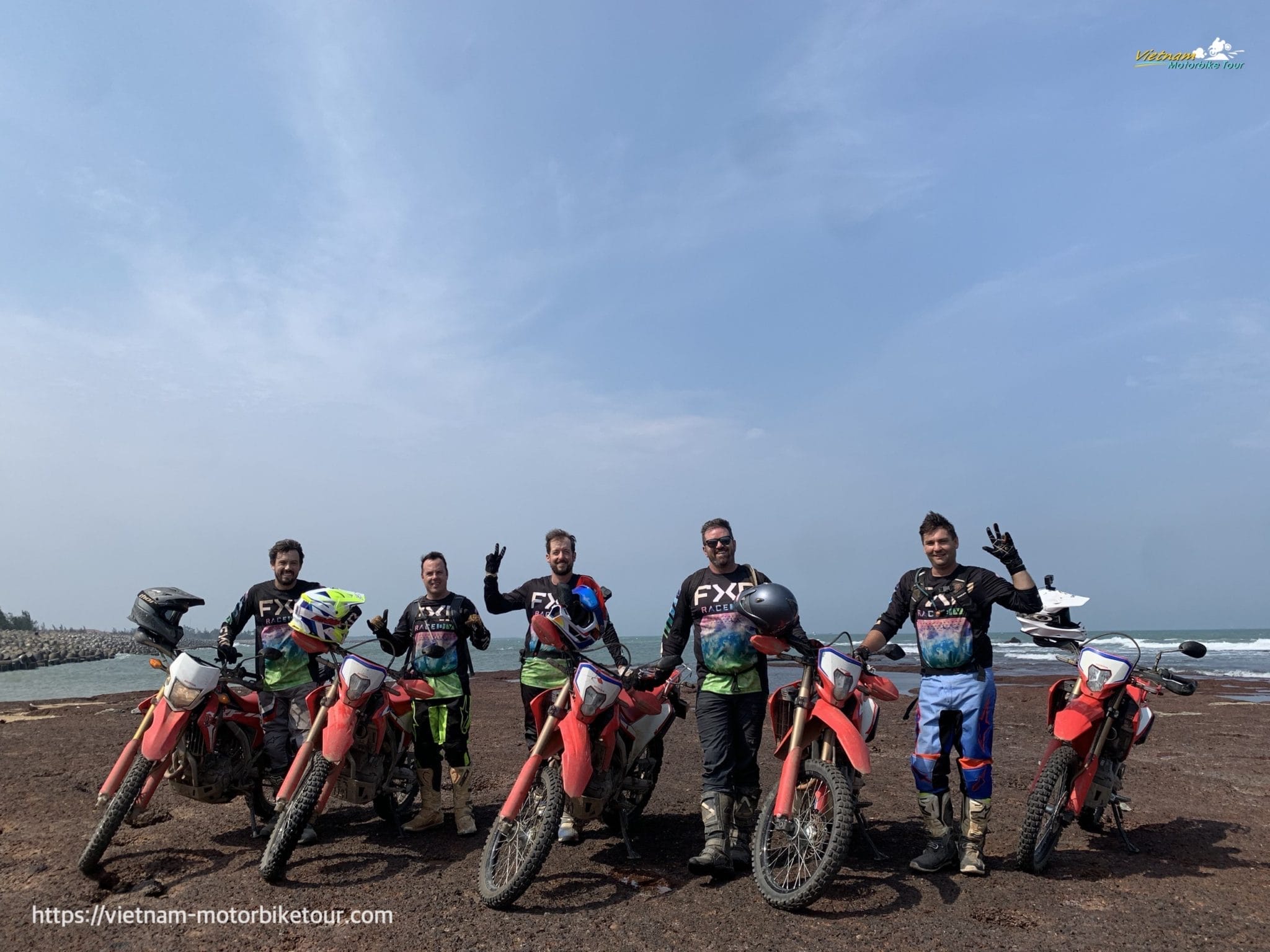
Southern Vietnam
Southern Vietnam, including Ho Chi Minh City and the Mekong Delta, has a consistent climate with two main seasons: dry and rainy.
- Best time to visit: December to February. The dry season offers cooler temperatures and low humidity, making it ideal for exploring the Mekong Delta or Ho Chi Minh City’s vibrant streets.
- Seasonal Highlights:
- Dry Season (December to February): Perfect conditions for rides through Southern Vietnam’s countryside or bustling cities without the discomfort of heat or rain.
- Pre-Monsoon (March to April): Before the rainy season begins, you can still enjoy moderate temperatures and lush, green landscapes, particularly in the Mekong Delta.
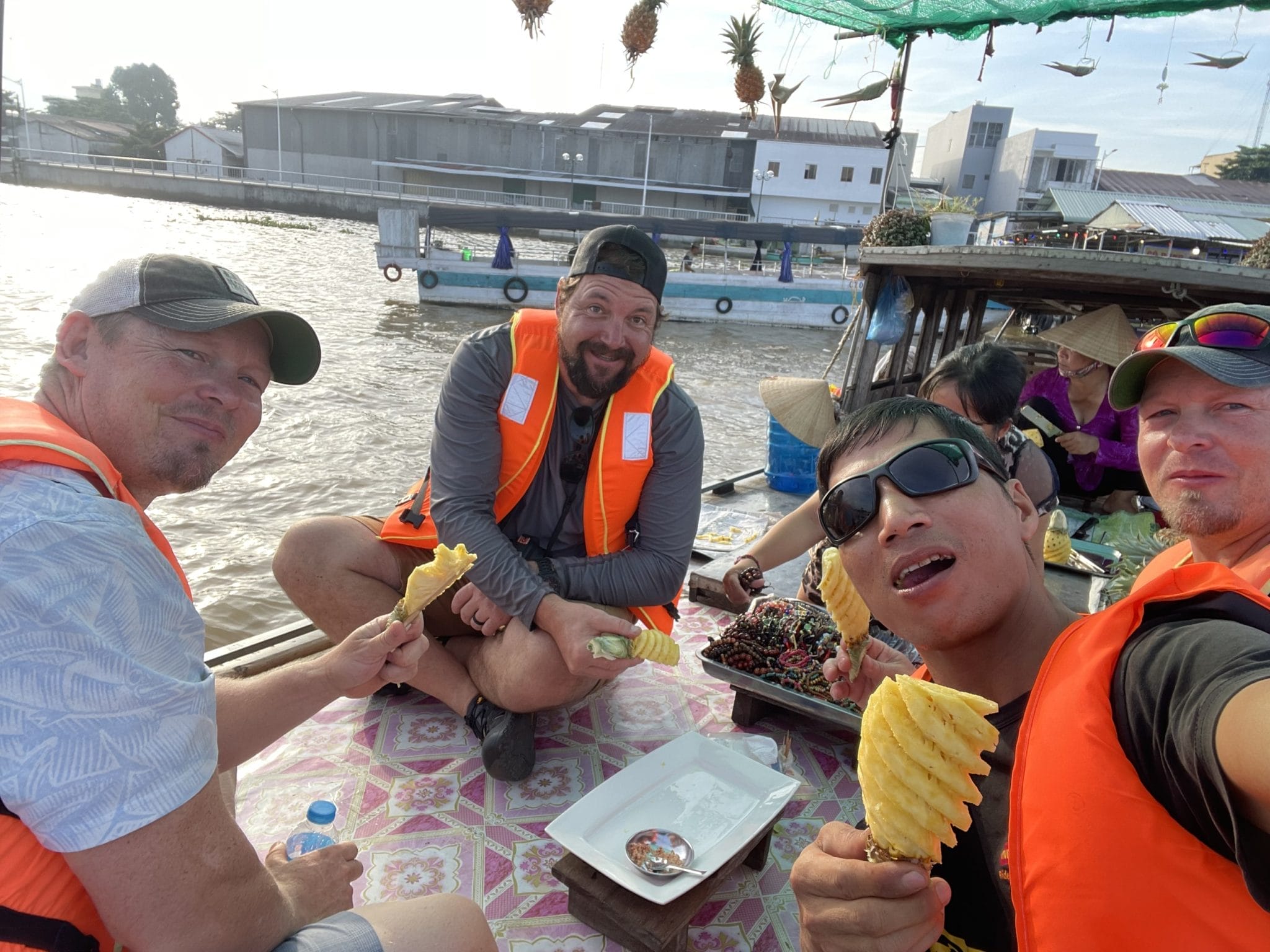
Month-by-Month Guide for Vietnam Motorcycle Tours
January to March
- Weather: Dry and mild across most regions. Cooler temperatures in the north, comfortable warmth in the south.
- Top Routes: Ha Giang Loop, Sapa to Mu Cang Chai in the north; Hai Van Pass and Hoi An in the center; Mekong Delta in the south.
April to June
- Weather: Increasing heat and humidity, with occasional showers in central and southern Vietnam.
- Top Routes: Hanoi to Ninh Binh, Mai Chau Valley; Da Nang to Phong Nha in the central region; Mekong Delta and Dalat in the south.
July to September
- Weather: Peak rainy season, particularly in the north and center, making long-distance trips challenging.
- Top Routes: Short day trips in Northern Vietnam; coastal routes like Nha Trang to Mui Ne in Central Vietnam; explore Cu Chi Tunnels in Southern Vietnam.
October to December
- Weather: Cooler, drier conditions, especially in Northern Vietnam.
- Top Routes: Ha Giang Loop, Ban Gioc Waterfall in the north; Hoi An to Hue along the coast in central Vietnam; countryside rides in the Mekong Delta.
Advantages of Each Season for Motorbike Tours
Dry Season (October to April)
- Benefits:
- Clear skies, mild temperatures, and excellent visibility.
- Ideal for exploring mountains and scenic coastal roads.
- Fewer tourists in off-peak areas provide a more intimate experience.
Rainy Season (May to September)
- Benefits:
- Lush, green landscapes create stunning views, especially in the north.
- Cooler temperatures in some areas, despite occasional rain.
- Fewer crowds and lower prices for accommodations.
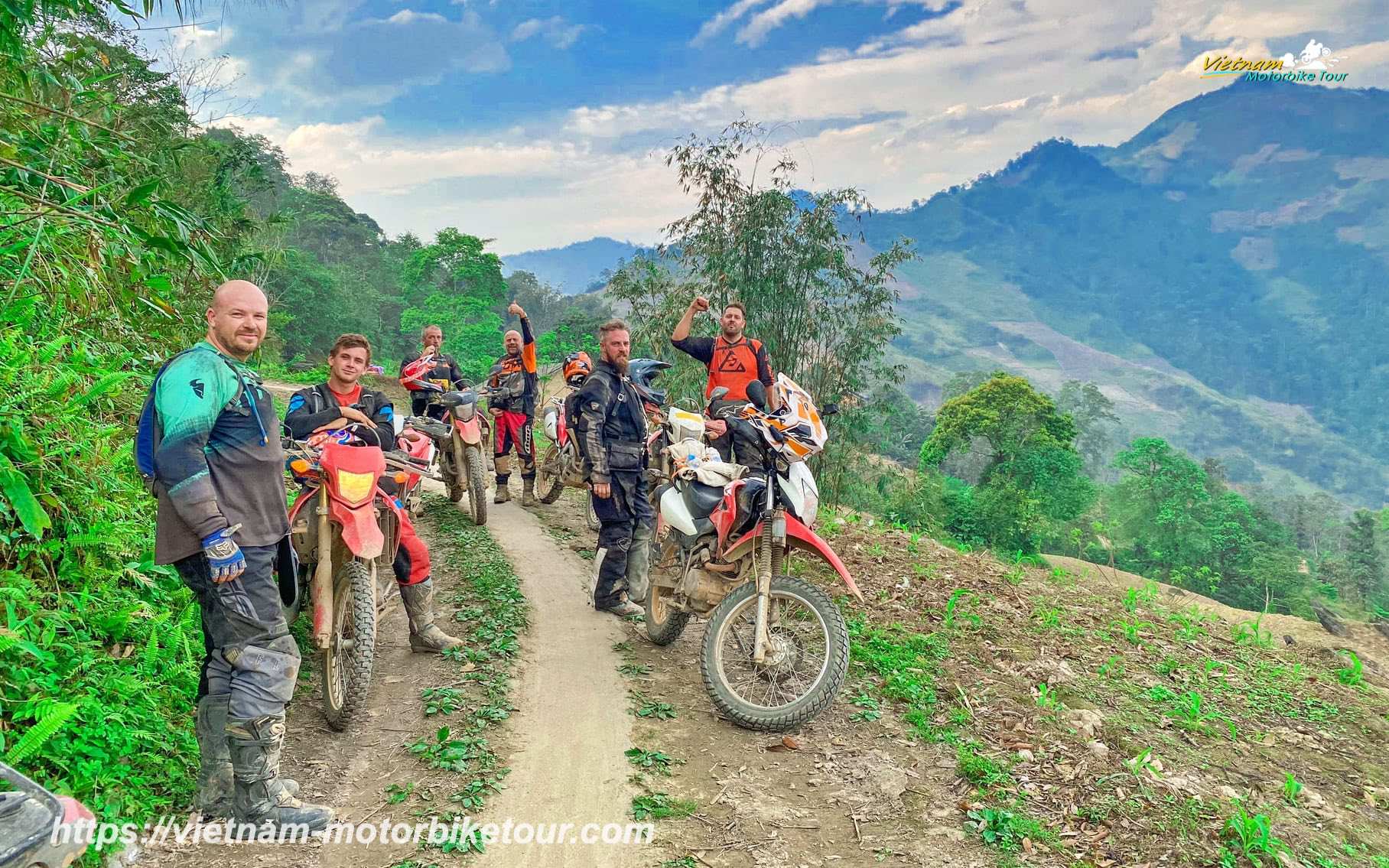
Safety and Planning Considerations
When planning your Vietnam motorbike tour, it’s essential to consider these factors for a safe and enjoyable experience:
- Check the weather: Always check forecasts before setting out to avoid unexpected storms.
- Pack wisely: Bring waterproof gear for the rainy season or light clothing and sunscreen for the dry season.
- Ride safely: Always wear a helmet and protective gear. Plan routes to avoid night riding in unfamiliar areas, and use a phone mount for navigation.
Conclusion
Vietnam’s diverse climate offers year-round opportunities for unforgettable motorcycle tours. Whether you’re cruising the mountain roads of the north, following the central coast, or exploring the Mekong Delta, the best time for your ride depends on your chosen region and preferred weather. Plan carefully, prioritize safety, and enjoy the adventure of a lifetime on two wheels in Vietnam.
FAQs
1. What is the best time to go on a motorbike tour in Vietnam?
The best time for a motorbike tour in Vietnam depends on the region. In Northern Vietnam, March to April and October to November offer mild weather. Central Vietnam is ideal from January to April, and Southern Vietnam is best from December to February due to cooler and dry conditions.
2. Can I ride a motorbike in Vietnam during the rainy season?
Yes, you can ride during the rainy season, but it comes with challenges like slippery roads and reduced visibility. Wearing waterproof gear, maintaining your bike, and planning routes in regions with less rainfall can help make the experience safer.
3. Do I need a special license to ride a motorbike in Vietnam?
Yes, you need a valid motorcycle license from your home country and an International Driving Permit (IDP) that covers motorcycles. Make sure your IDP is valid throughout your stay in Vietnam.
4. Which motorbike is best for touring Vietnam?
The type of motorbike depends on the terrain and your comfort level. For off-road and mountainous regions, a dual-sport or dirt bike is recommended. For smoother roads and longer trips, a touring or standard bike will offer more comfort.
5. Are Vietnam motorbike tours safe?
Yes, Vietnam motorbike tours can be safe if you follow key safety tips: wear proper safety gear, avoid riding at night, check weather forecasts, and maintain your bike. Always ensure you have navigation tools like maps or GPS and avoid unfamiliar, poorly lit roads at night.
